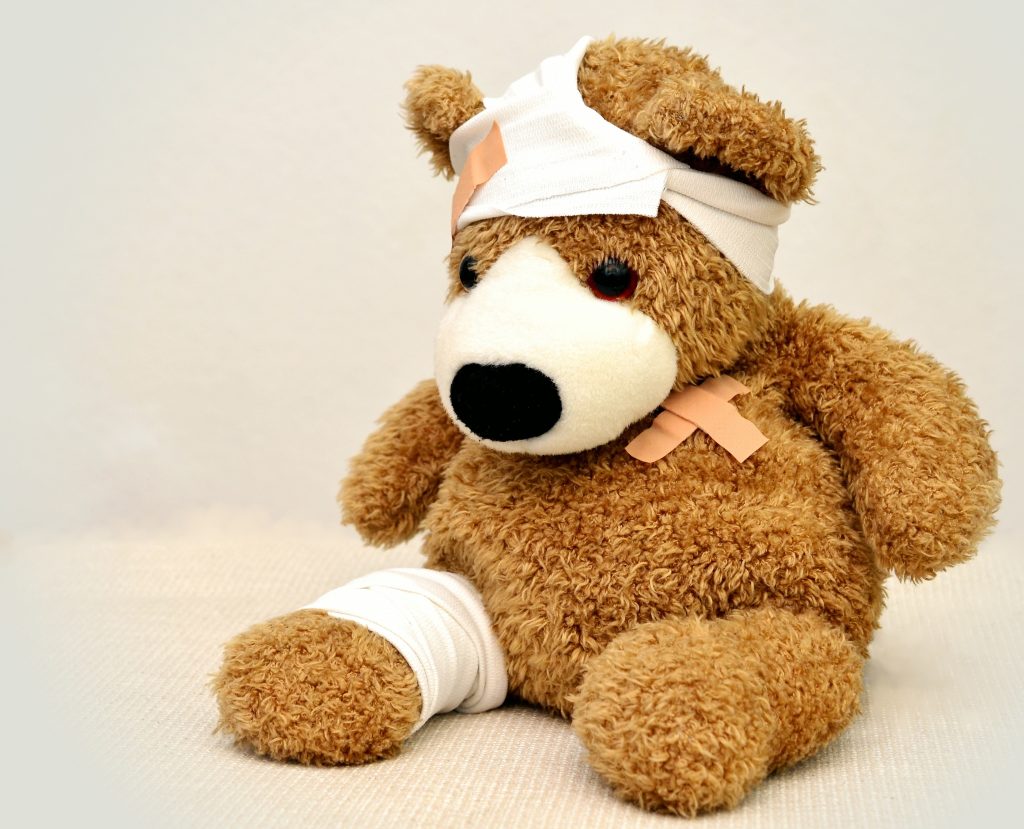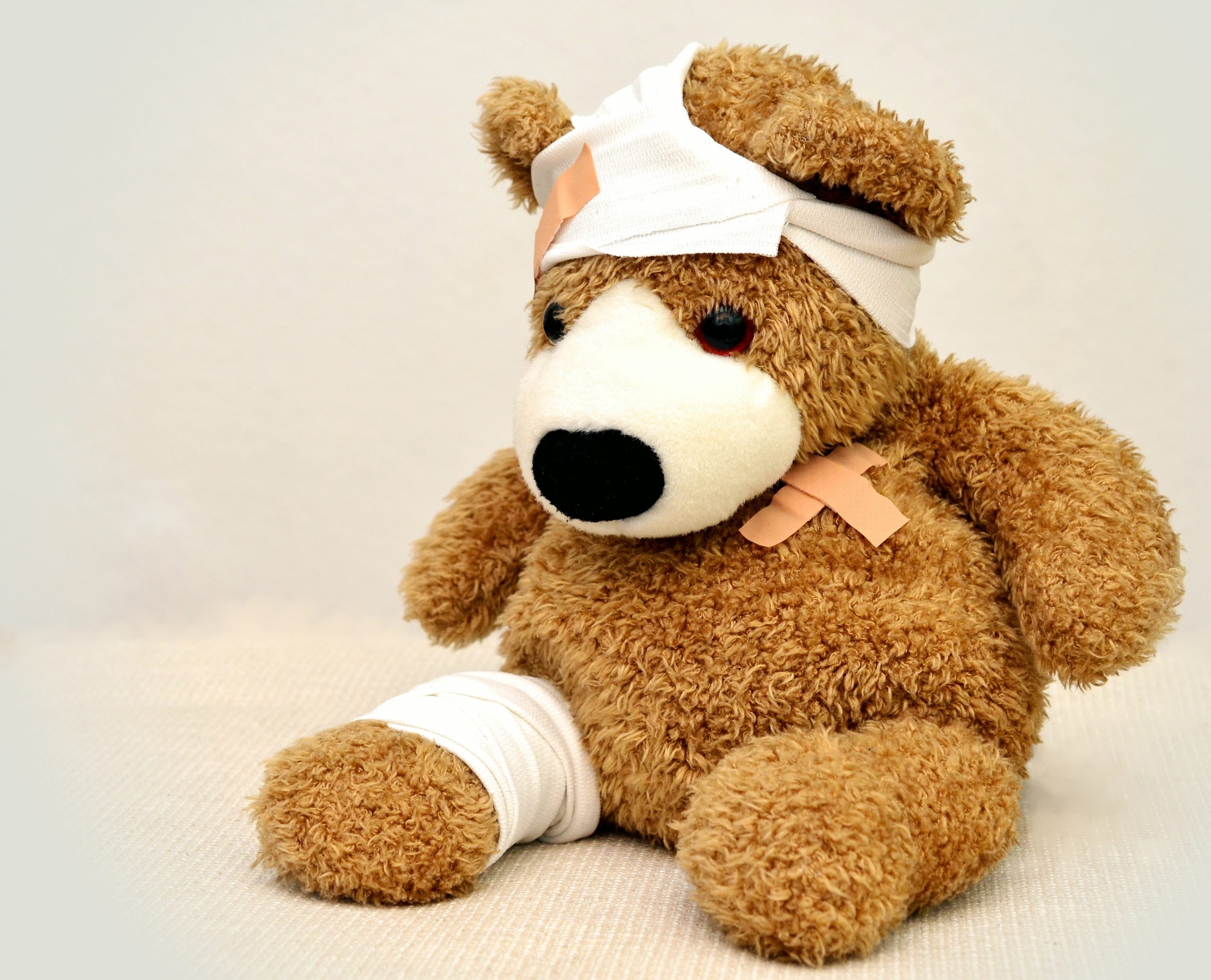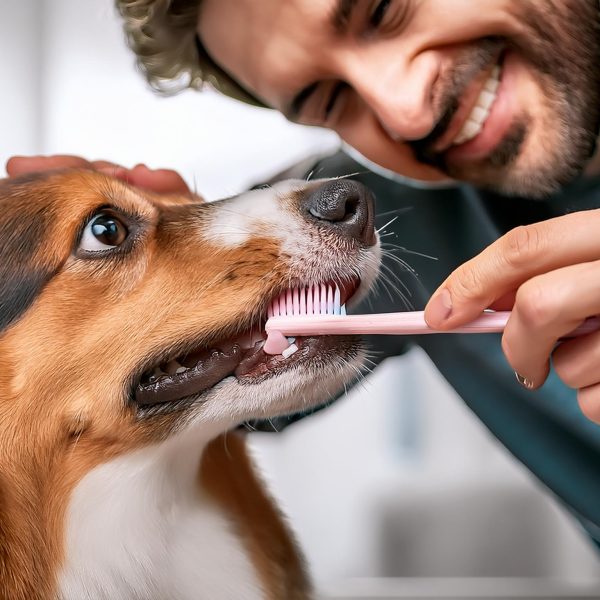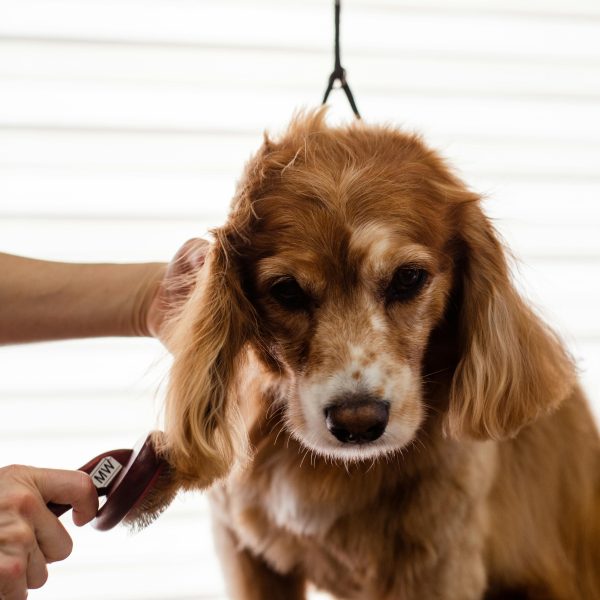In the intricate tapestry of our lives, our pets are not mere companions, but cherished members of our households. They bring joy, comfort, and unwavering loyalty. However, the unpredictable nature of disasters such as earthquakes, hurricanes, fires, and floods can cast a shadow of uncertainty over our lives. In these moments, the safety and welfare of our furry friends become paramount. Just as we meticulously prepare ourselves and our human family members for the worst, it is equally imperative to craft a comprehensive emergency plan that encompasses the needs of our beloved pets.
Recognizing the Importance of Pet Preparedness
The significance of integrating pets into emergency preparedness plans cannot be overstated. According to statistics from the American Veterinary Medical Association (AVMA), a staggering 68% of households in America include pets. This substantial pet population underscores the need to prioritize their safety during emergencies. Whether facing a natural catastrophe or a sudden evacuation scenario, having a well-considered plan in place can make all the difference in preserving the lives and well-being of our treasured companions.
Developing an Encompassing Emergency Plan
1. Identification and Documentation
The first step in preparing for emergencies involves ensuring that your pets are suitably identified. This entails keeping their ID tags up to date with accurate contact information. Additionally, microchipping your pets provides a reliable method of identification. Maintaining a record of your pet’s medical history, vaccinations, and any special needs is crucial. Store these documents in a secure container or use a cloud-based storage service for easy access.
2. Building an Emergency Kit for Pets
Much like preparing an emergency kit for your human family members, creating one for your pets is essential. This kit should encompass all the essentials: food, water, medications, a first aid kit, collars, leashes, carriers, and a familiar toy or blanket that offers comfort. Be sure to rotate food and medications to prevent expiration.
3. Finding Pet-Friendly Havens
Identify pet shelters, hotels, or the homes of relatives located outside the immediate area. Not all emergency shelters accommodate pets, making alternative options crucial. Conduct thorough research in advance and compile a list of pet-friendly accommodations for quick reference.
4. Transporting Your Pets
Develop a clear plan for transporting your pets during an evacuation. Ensure they are accustomed to carriers or crates, as this familiarity will reduce stress and facilitate the evacuation process.
5. Maintaining Contact Information
Keep a list of emergency contact numbers, including your veterinarian’s information, local animal shelters, and animal control agencies. Stay informed about disaster alerts through news sources and emergency management agencies.
6. Practice Evacuation Drills
Just as you conduct fire drills with your family, practice evacuation drills with your pets. Familiarize them with their carriers and teach them to enter and exit comfortably. This proactive training minimizes stress and ensures a smoother evacuation during emergencies.
7. Medications and Medical Needs
For pets with specific medical needs, consult your veterinarian to devise a plan for managing their health during emergencies. Ensure an adequate supply of medications and necessary medical equipment in your emergency kit.
8. Obedience Training
Teaching obedience commands to your pets is essential for their safety during emergencies. Train them to respond when called and to follow instructions. This training can prevent them from becoming lost or injured during chaotic situations.
9. Establish a Support Network
Create a network of friends, family, and neighbors who are aware of your pets’ needs and can assist if you are not at home during an emergency.
10. Unique Requirements
Remember to pack pet supplies tailored to your pet’s specific requirements. For instance, include litter and a litter box for cats, and waste disposal bags for dogs.
In times of disaster, our pets depend on us for their safety and well-being. By including them in your emergency preparedness plan, you are expressing your love and commitment towards their welfare. Taking proactive steps to create a plan, gather essential supplies, and practice evacuation drills will ensure that your four-legged companions are as prepared for emergencies as you are. Being a responsible pet owner means being their advocate for safety and comfort during trying times. As the guardians of their happiness, it is our duty to safeguard our furry family members, come what may.








